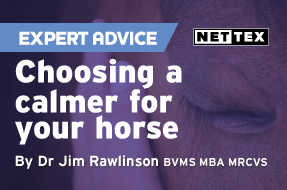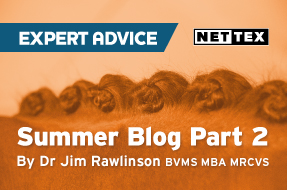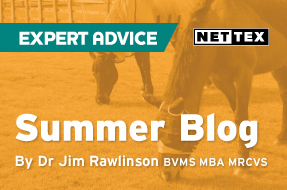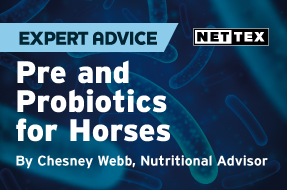Spring Blog
Spring Blog April
by Dr Jim Rawlinson BVMS MBA MRCVS
With longer days and the mud starting to dry out, looking after the horses suddenly seems so much easier and exercising not a battle with the elements! Nevertheless, we’ve had a busy winter. Henry, the Welsh C, has gone well in the Indoor Driving Season and little Wilfred took his first few long reining steps in a driving harness. The horses have been active too as I’ve kept Hector, my older KWPN, fully fit and schooled although I’m not planning any competitions in the near future. Yulia the Andalusian is coming on nicely in her first year under saddle, both out on hacks and in the school.
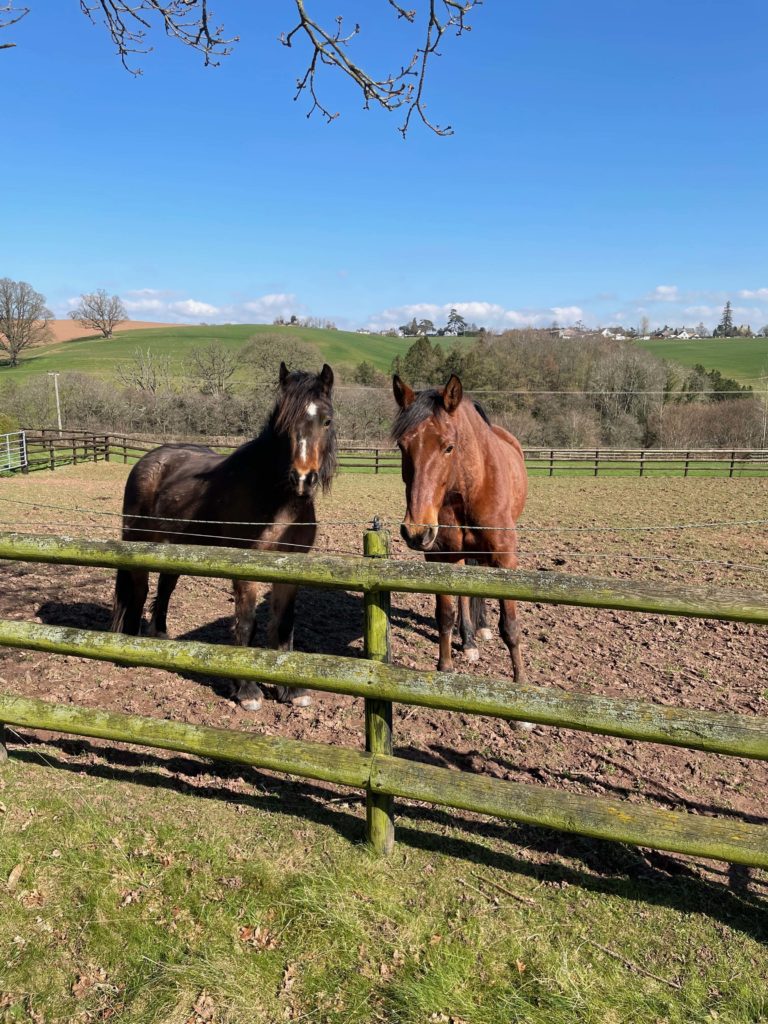
Winter nutrition is always a balancing act based on the individual concerned.
Hector has needed ad lib forage along with full rations of hard feed to keep the weight on and plenty of energy for exercise.
Henry on the other hand, is such a good doer that he has remained on a strict daily haylage ration, weighed out every morning, and basic balancer and chaff. This is despite a full winter competition and training schedule, so he has had to stay fit. Our discipline has paid off as the spring grass kicks in. He will put on weight in the coming months no matter how we control access, so we had to ensure that we managed body condition tightly to get to this point.
With the arrival of better spring weather, we can now consider moving “the herd” onto some new grazing. A horse’s digestion is complex so switching pasture always has the potential to upset the careful balance in the gut microbiome. I tend to make changes gradually, gradually increasing the time out on fresh grass to allow them to adjust and settle in.
But the coming of spring can bring its challenges too. Poor Henry is very sensitive to midge bites, so we start precautions well before the season starts. We start our midge management early, from March right through to the Autumn regularly from March right through into the autumn and he’ll wear a full fly rug as soon as it’s dry enough. As we stable everyone at night, he will be indoors in the well-ventilated barn at dawn and dusk when midges are most active. This is especially useful as our summer fields are adjacent to a small river which is ideal for insects, especially in the evening.
We still choose to use extra fly control and rely on Nettex Equine Repellent Advanced as our main spray and Nettex Equine Summer Fly Cream for regular application around sensitive areas. This might seem like a lot of work but it’s well worth it to keep him comfy and happy.
As Hector is getting older but still in full work, I’m conscious that we must take care of his joints. I find the ground conditions at this time of year change from day to day. As things dry out, they can be hard, but an April shower will easily make the surface slippery. I tend to work on ground I know which helps me anticipate problem areas and I always go steady when in doubt. Joint health is critical, especially as they get older. That’s why we’ve always used a high-quality joint supplement containing recommended daily levels1 of vital ingredients Glucosamine Hydrochloride, Chondroitin Sulphate and MSM, such as V.I.P. So Sound to help support elasticity, mobility and soundness.
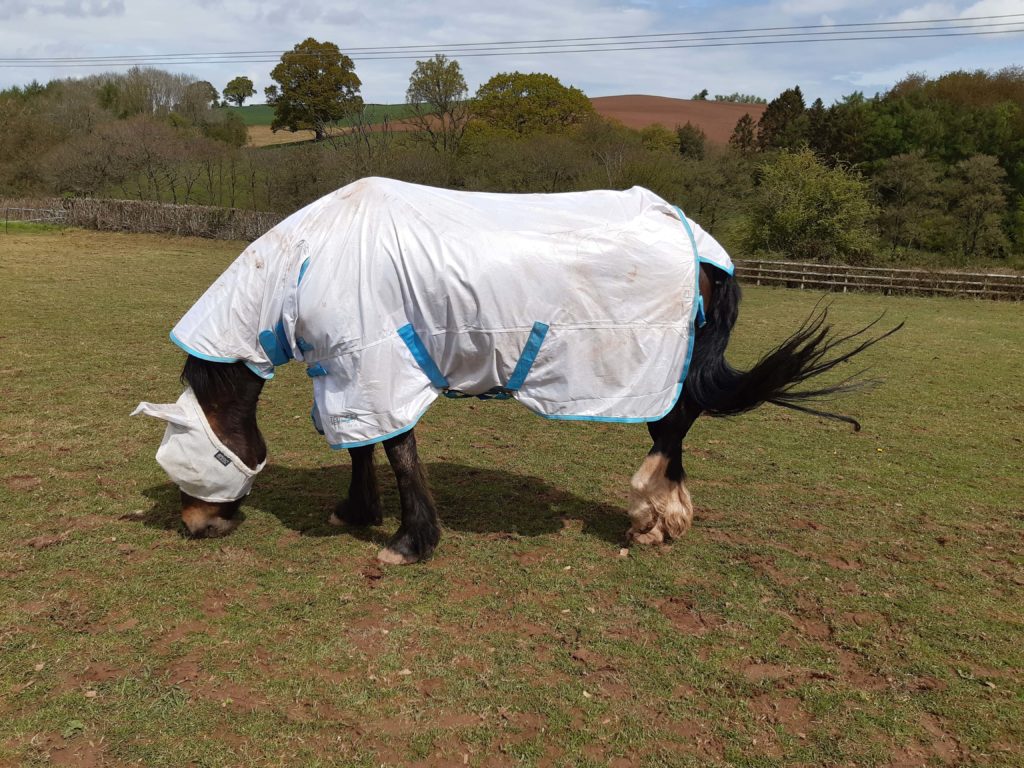
1NRC of Horses, Sixth Revised Edn. 2007

